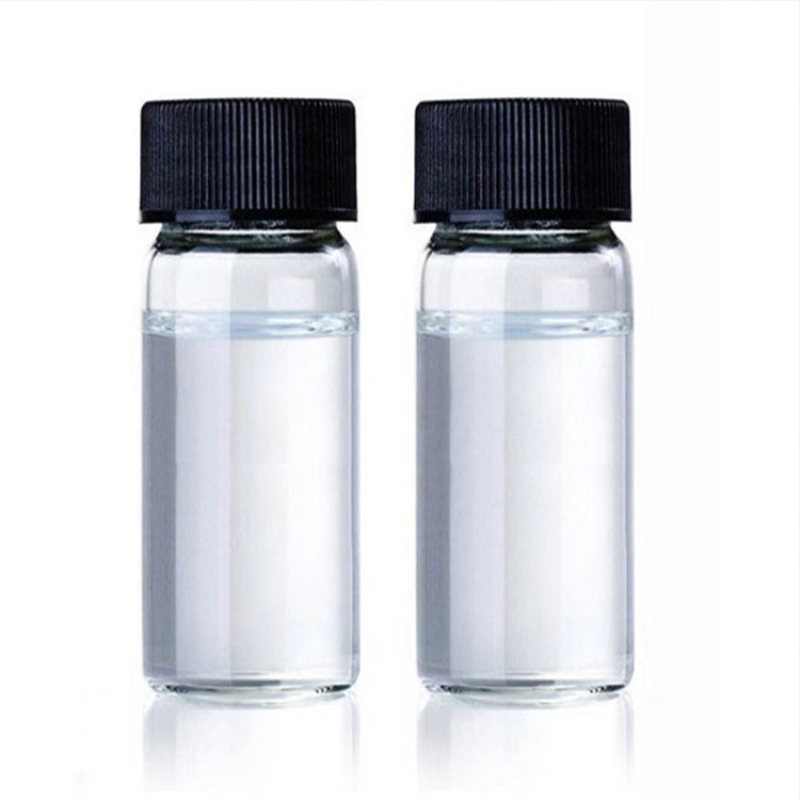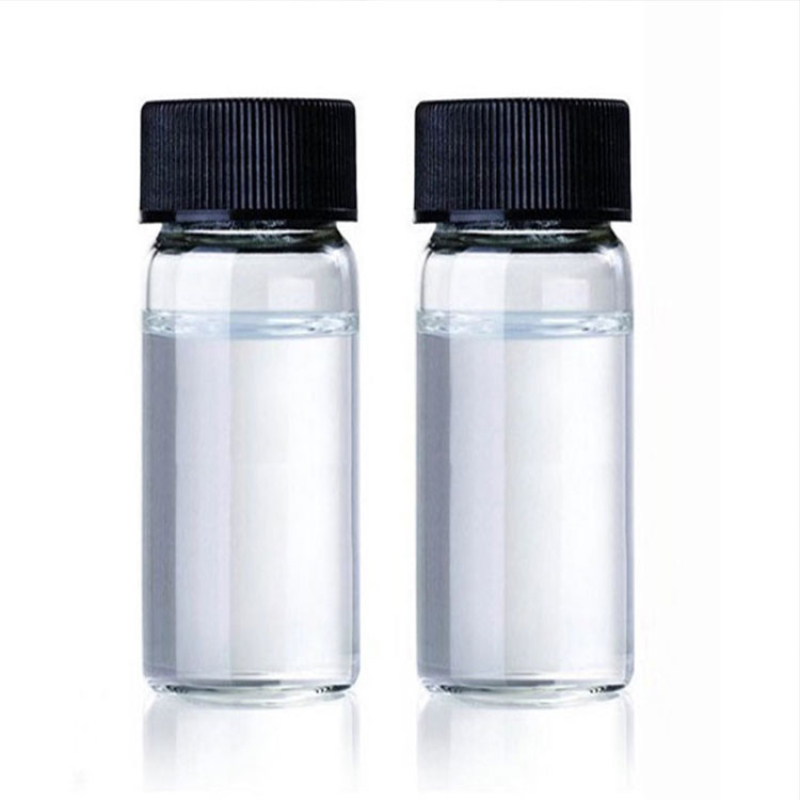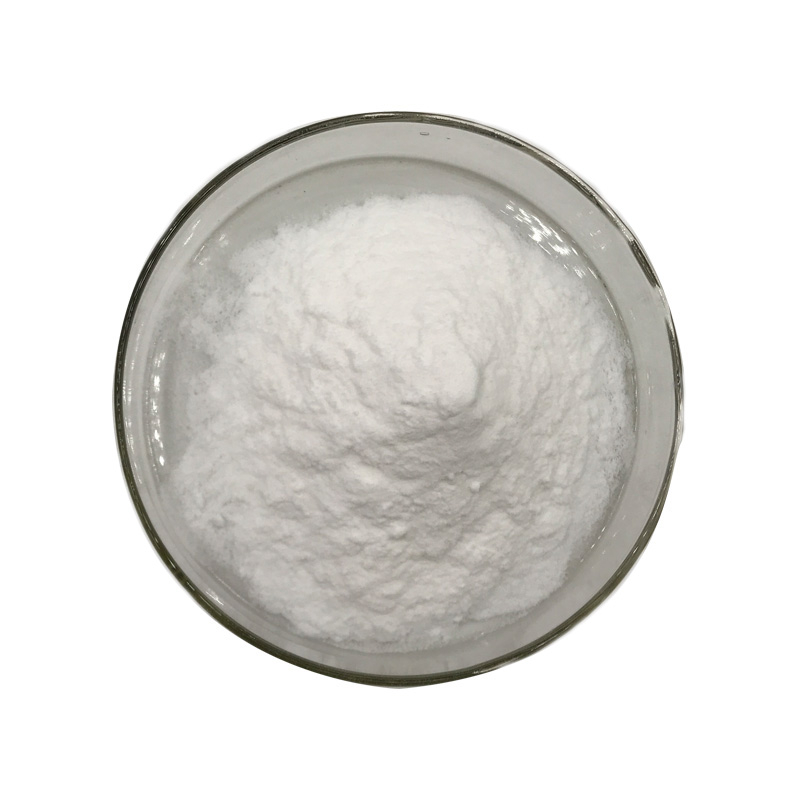Products Description of 2,4-Dichlorophenoxyacetic acid CAS#94-75-7White crystals. Melting point 138℃, boiling point 160℃ (53Pa). Soluble in organic solvents such as ethanol, acetone, ether and benzene, insoluble in water.
Contact Now
Products Description of 2,4-Bis(phenylsulfonyl)phenol CAS#177325-75-6White powder2,4-Bis(phenylsulfonyl)phenol Chemical PropertiesMelting point 158 °CBoiling point 631.4±50.0 °C(Predicted)density 1.415±0.06 g/cm3(Predicted)pka4.17±0.43(Predicted)form powder to crystalcolor White to Almost whiteCAS DataBase Reference177325-75-6Factory and Equipment ShowFast delivery timeInventory 2-3 working days New production 7-10 working days
Contact Now
Products Description of Clotrimazole CAS#23593-75-1Clotrimazole is a synthetic azole antifungal drug that has inhibitory effects on a variety of pathogenic fungi and can also have a bactericidal effect at high concentrations.
Contact Now
Products Description of Tolylene-2,4-diisocyanate CAS#584-84-9Toluene-2,4-diisocyanate is a colorless, transparent liquid at room temperature and pressure, and is sensitive to moisture.
Contact Now
Products Description of Isobornyl methacrylate CAS#7534-94-3Isobornyl methacrylate is a colorless, transparent liquid. Isobornyl methacrylate is a monomer that combines hardness and flexibility. Due to its molecular structure, its polymer has excellent high gloss, vividness, scratch resistance, medium resistance and weather resistance, and its hygroscopicity is significantly lower than that of MMA (methyl methacrylate).
Contact Now
Products Description of 6,7-Dimethoxyquinazoline-2,4-dione CAS#28888-44-06,7-Dimethoxy-2,4-quinazolinedione (doxazosin EP impurity D) is a chemical crystalline compound with a melting point of >300°C, an intermediate of prazosin hydrochloride.6,7-Dimethoxyquinazoline-2,4-dione Chemical PropertiesMelting point >300 °C (lit.)Boiling point 363.37°C (rough estimate)density 1.3404 (rough estimate)refractive index 1.6300 (estimate)storage temp. 2-8°Csolubility Aqueous Acid (Sparingly)pka10.27±0.20(Predicted)color White to Off-WhiteWater Solubility i
Contact Now
Products Description of 2,5-Dimethyl-2,4-Hexadiene CAS#764-13-62,5-Dimethyl-2,4-hexadiene is a chemical,Insoluble in water, soluble in alcohol and ether.2,5-Dimethyl-2,4-hexadiene Chemical PropertiesMelting point 12 °CBoiling point 132134°Cdensity 0.773 g/mL at 25 °C(lit.)vapor density 3.8 (vs air)vapor pressure 26.9 mm Hg ( 37.7 °C)refractive index n20/D 1.476(lit.)Fp 85 °Fstorage temp. Flammables areasolubility Chloroform, Ethyl Acetateform Oilcolor Clear ColourlessBRN 1733342LogP3.500CAS DataBase Refer
Contact Now
Products Description of Methanesulfonic acid CAS#75-75-2Methanesulfonic acid is an organic compound with the chemical formula CH4O3S. It is soluble in water, alcohol and ether, insoluble in alkanes, benzene, toluene, etc., does not decompose in boiling water and hot alkali, and is strongly corrosive to metals such as iron, copper and lead.
Contact Now
Products Description of Dichloromethane CAS#75-09-2Dichloromethane is a compound formed by replacing two hydrogen atoms in the methane molecule with chlorine, with the molecular formula CH2Cl2. It is a colorless, transparent, heavier than water, volatile liquid with an ether-like smell and sweetness. It does not burn, but forms an explosive mixture when mixed with high concentrations of oxygen.
Contact Now
Products Description of Pivalic Acid CAS#75-98-9Tert-pentanoic acid is a very important chemical raw material and chemical reagent, as well as an important raw material and intermediate in organic synthesis. It is a white needle-shaped crystal at room temperature, with a melting point of 35.5°C, a boiling point of Chemicalbook 163.8°C, and a density (50°C) of 0.905g. /cm3, easily soluble in alcohol and ether, and difficult to hydrolyze.
Contact Now
Products Description of Ethylamine-borontrifluorideCAS#75-23-0Boron trifluoride ethylamine is mainly used as a latent curing agent for epoxy resin.Ethylamine-borontrifluoride Chemical PropertiesMelting point 85-89 °C(lit.)Boiling point 148°C/1mmHg(lit.)density 1,38 g/cm3Fp 157°Cstorage temp. 2-8°Cform solidcolor White to Light yellowPHpH(50g/l, 25℃) : 4.0~5.6Water Solubility Reacts with water.Sensitive Moisture SensitiveBRN 3672802Exposure limitsACGIH: TWA 2.5 mg/m3NIOSH: IDLH 250 mg/m3InChIInChI=1S/C2H6BF3N/c1-2-7-3(4,5)6/h7H,2H2,1H3
Contact Now
Products Description of Stannous methanesulfonateCAS#53408-94-9Colorless transparent liquid with the smell of rotten eggs.Stannous methanesulfonate Chemical PropertiesMelting point -27°Cdensity 1.55refractive index 1.444Specific Gravity1.550Water Solubility Not miscible or difficult to mix in water.Sensitive Air SensitiveHydrolytic Sensitivity0: forms stable aqueous solutionsExposure limitsACGIH: TWA 0.1 mg/m3; STEL 0.2 mg/m3 (Skin)NIOSH: IDLH 25 mg/m3; TWA 0.1 mg/m3InChIKeyJALQQBGHJJURDQ-UHFFFAOYSA-LCAS DataBase Reference53408-94-9(CAS DataBase Reference)EPA Subs
Contact Now
Products Description of 2,4-Dichloropyridine CAS#26452-80-22,4-Dichloropyridine is mainly used in pharmaceutical and biochemical industries.2,4-Dichloropyridine Chemical PropertiesMelting point -1 °CBoiling point 189-190 °C (lit.) 76-78 °C/23 mmHg (lit.)density 1.37refractive index 1.55-1.554Fp 189-190°Cstorage temp. Inert atmosphere,2-8°Csolubility Chloroformform Yellow to Pale Orange Liquidpka0.12±0.10(Predicted)color Colorless to Red to GreenBRN 108666InChIKeyTYPVHTOETJVYIV-UHFFFAOYSA-NCAS DataBase Reference26452-80-2(CAS DataBase Refer
Contact Now
Products Description of 1-Methylpyrrolidine CAS#120-94-5Colorless, transparent, volatile liquid. Freezing point -90°C, boiling point 79.5~80.5°C, relative density 0.819, refractive index 1.4240, flash point -21°C.
Contact Now
Dodecyltrimethylammonium Bromide Chemical PropertiesMelting point 246 °C (dec.)(lit.)density 1.1566 (rough estimate)vapor pressure 0Pa at 20℃refractive index 1.5260 (estimate)Fp 246°Cstorage temp. Store below +30°C.solubility H2O: 0.1 M at 20 °C, clear, colorlessform Powdercolor White to slightly yellowWater Solubility solubleSensitive Hygroscopicλmaxλ: 240 nm Amax: ≤0.2λ: 250 nm Amax: ≤0.03λ: 260 nm Amax: ≤0.02λ: 500 nm Amax: ≤0.02BRN 3597463InChIKeyXJWSAJYUBXQQDR-UHFFFAOYSA-MCAS DataBase Reference1119-94-4(
Contact Now
Products Description of ISOQUINOLINE-3-CARBOXYLIC ACID CAS#203626-75-9 Isoquinoline-3-carboxylic acid, monohydrate is an organic compound.Isoquinoline-3-carboxylic acid Chemical PropertiesMelting point 166-168 °C(lit.)storage temp. 2-8°Cform powder to crystalcolor White to Light yellow to Light orangeSafety InformationHazard Codes XiRisk Statements 36/37/38Safety Statements 26-37/39WGK Germany 3Product Application of Isoquinoline-3-carboxylic acidIsoquinoline-3-carboxylic acid, monohydrate is often used as an intermediate.Factory
Contact Now
Products Description of Solvent Blue 104 CAS#116-75-6Solvent blue 104 is used for packaging, decoration, paint, ink, and coloring of polyester, nylon, etc.Solvent Blue 104 Chemical PropertiesMelting point 236.5-237.5 °CBoiling point 639.5±55.0 °C(Predicted)density 1.220±0.06 g/cm3(Predicted)vapor pressure 0-0.001Pa at 20-25℃storage temp. Refrigerator, under inert atmospheresolubility Chloroform (Slightly)form Solidpka-0.26±0.20(Predicted)color Very Dark Blue to BlackDissociation constant0 at 30℃CAS DataBase Reference116-75-6(CAS DataBase Reference)E
Contact Now
Products Description of Sodium hydrogen ferric DTPA CAS#12389-75-2White powder.Sodium hydrogen ferric DTPA Chemical Propertiesdensity 1.607[at 20℃]Water Solubility 113g/L at 30℃LogP-11.9EPA Substance Registry SystemFerrate(2-), [rel-[N(R)]-N-[2-[bis[(carboxy-.kappa.O)methyl]amino-.kappa.N]ethyl]-N-[2-[(S)-[(carboxy-.kappa.O)methyl](carboxymethyl)amino-.kappa.N]ethyl]glycinato(5-)-.kappa.N,.kappa.O]-, sodium hydrogen (1:1:1), (PB-7-13-12564)- (12389-75-2) Factory and Equipment ShowFast delivery timeInventory 2-3 working days New production 7-10 working days
Contact Now
Products Description of POLY(ANTIMONY ETHYLENE GLYCOXIDE) CAS#29736-75-2White crystalline solid, non-toxic and odorless, decomposes in contact with moist air.POLY(ANTIMONY ETHYLENE GLYCOXIDE) Chemical PropertiesMelting point >100°C (dec.)Boiling point 267.3℃[at 101 325 Pa]density 1[at 20℃]Fp >110°CWater Solubility 400ng/L at 20℃Hydrolytic Sensitivity7: reacts slowly with moisture/waterEPA Substance Registry System2,5,7,10,11,14-Hexaoxa-1,6-distibabicyclo[4.4.4]tetradecane (29736-75-2) Safety InformationRisk Statements 20/21/22Safety Statements
Contact Now
Products Description of Triethylene glycol bis(2-ethylhexanoate) CAS#94-28-0This product is a solvent-based cold-resistant and environmentally friendly plasticizer with excellent low-temperature resistance, durability, oil resistance, UV resistance and antistatic properties, and has low viscosity and certain lubricity. This product is a special plasticizer for polyvinyl butyral (PVB safety glass) and synthetic rubber, which can make them produce low-temperature performance and low volatility. It can also be used for polyester cloth, adhesives and sealing materials.
Contact Now
Products Description of Tetramethylammonium hydroxide CAS#75-59-2Tetramethylammonium hydroxide (TMAH), also known as tetramethylammonium hydroxide, is a colorless to light yellow liquid. It is the strongest organic base, very easy to absorb moisture, has a certain ammonia smell, can quickly absorb carbon dioxide in the air, has a low vapor pressure at room temperature, and is completely decomposed and gasified at 135~145°C. High-purity products are treated at 140°C without trace residue. The tetramethylammonium hydroxide solution is colorless, transparent, and has a slight ammonia smell.
Contact Now
Products Description of 4-Pyridazinecarboxylic Acid CAS#50681-25-94-Pyridazinecarboxylic Acid is a commonly used chemical raw material, often used as a pharmaceutical intermediate.4-Pyridazinecarboxylic Acid CAS#50681-25-9 Chemical PropertiesMelting point 244.2 °C (dec.) (lit.)Boiling point 404.2±18.0 °C(Predicted)density 1.403±0.06 g/cm3(Predicted)storage temp. Sealed in dry,Room Temperatureform powder to crystalpka3.18±0.10(Predicted)color White to Almost whiteInChIInChI=1S/C5H4N2O2/c8-5(9)4-1-2-6-7-3-4/h1-3H,(H,8,9)InChIKeyJUSIWJONLKBPDU-UHFFFAOYSA-NS
Contact Now
Products Description of Ganciclovir sodium CAS#107910-75-8Ganciclovir sodium is an analog of 2′-deoxyguanine nucleotide that can inhibit the replication of herpes viruses. Its mechanism of action is: ganciclovir is first phosphorylated into monophosphate by a protein kinase homolog encoded by CMV (UL97 gene), and then further phosphorylated into diphosphate and triphosphate by cellular kinases. In CMV-infected cells, the level of triphosphate is 100 times higher than that in non-infected cells, indicating that this product can be preferentially phosphorylated in infected cells.
Contact Now
Products Description of Isopropylamine CAS#75-31-0Isopropylamine is also known as 2-aminopropane. It is a colorless liquid with an ammonia smell. Its molecular weight is 59.11. Its boiling point is 33-34℃. Its relative density is 0.694 (15/4℃). Its refractive index is 1.3770 (15℃). Its flash point is -37℃. It is miscible with water, ethanol and ether. It is used as a raw material for pesticides, medicines, dyes, rubber vulcanization accelerators, emulsifiers, detergents and water treatment agents.
Contact Now

































